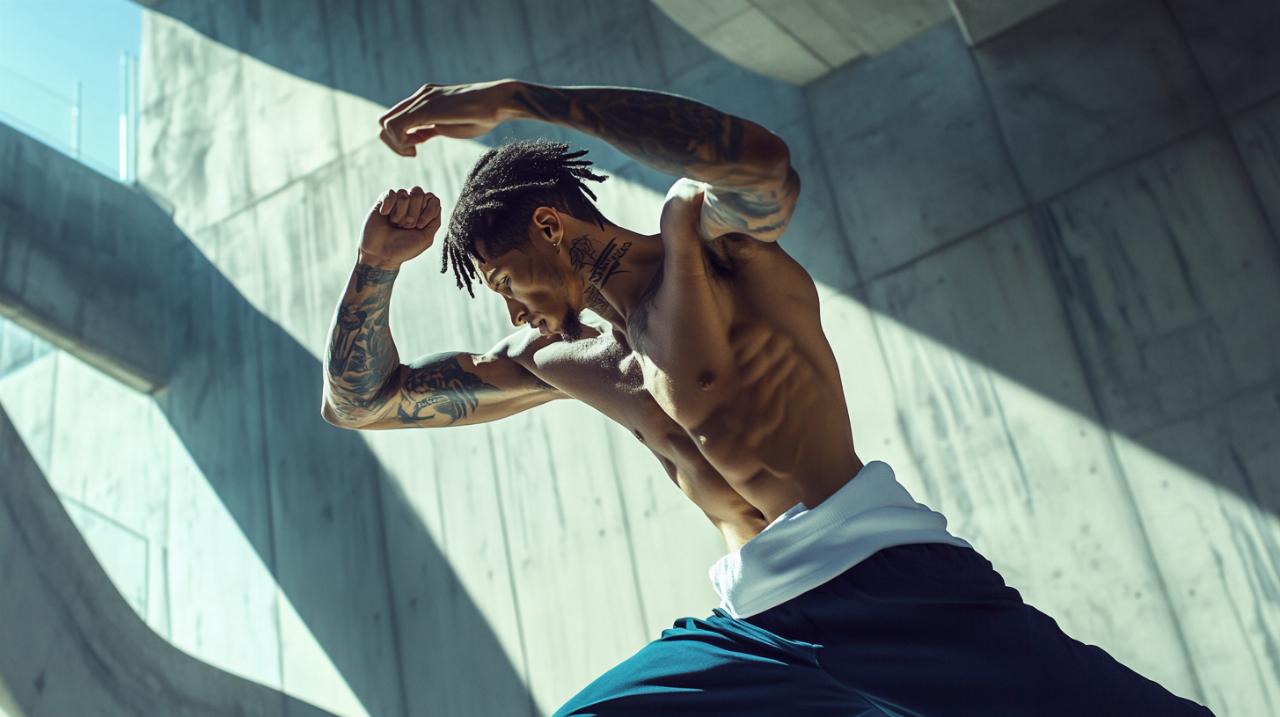The fabric of daily life is undergoing remarkable transformations as modern lifestyle and society trends continue to redefine how individuals present themselves and interact with the world around them. From the subtle gestures that communicate volumes without words to the delicate ink etched onto skin as personal emblems, contemporary culture embraces both the visible and the invisible. This exploration delves into the evolving nature of body language shaped by digital communication, alongside the surging fascination with minimalist tattoos that whisper rather than shout their messages.
The Evolution of Body Language in Contemporary Society
Non-verbal communication has always been a cornerstone of human interaction, yet the ways people express themselves through physical gestures and postures are shifting dramatically in response to technological and social changes. As smartphones and digital platforms dominate everyday exchanges, the nuances of face-to-face communication are being reshaped in ways that demand fresh understanding and adaptability.
How digital communication is reshaping physical expression
The pervasive presence of screens has fundamentally altered how individuals convey emotion and intent. While video calls and instant messaging allow for rapid connection across distances, they also strip away layers of context that come from sharing physical space. People now find themselves adjusting their facial expressions and hand movements to fit within the narrow frame of a camera, often exaggerating gestures to ensure their meaning translates clearly. This digital choreography has led to a curious blend of theatrical performance and genuine emotion, where authenticity must work harder to shine through curated images and carefully timed responses.
Moreover, the rise of emojis and digital reactions has created a parallel language that sometimes substitutes for real-life expressions. A thumbs-up symbol or a heart icon can replace a smile or a nod, yet these shortcuts lack the warmth and complexity of true human contact. As a result, when individuals meet in person after prolonged periods of online interaction, they may struggle to read unspoken cues that were once second nature. The subtleties of posture, eye contact, and proximity require recalibration, as people learn to navigate the gap between their digital personas and their physical selves.
Reading non-verbal cues in modern social settings
Understanding body language remains essential despite the digital overlay that characterises much of contemporary life. In social settings such as networking events, casual gatherings, or professional meetings, the ability to interpret unspoken signals can determine the success of an interaction. A slight lean forward might indicate interest, while crossed arms could suggest defensiveness or discomfort. These cues operate on an intuitive level, yet their interpretation is influenced by cultural norms and individual personality traits.
Recent years have seen a renewed emphasis on emotional intelligence and the art of reading between the lines. Workshops and articles dedicated to decoding non-verbal communication underscore the value of observing facial micro-expressions, gait, and even breathing patterns. People are increasingly aware that authenticity in communication involves more than words; it encompasses the entire spectrum of human expression. As society becomes more diverse and interconnected, the challenge lies in appreciating these nuances across different cultural backgrounds, where a gesture that signals openness in one context might be misunderstood in another.

The Rise of Minimalist and Subtle Tattoo Culture
Tattoos have journeyed from the fringes of society to the mainstream, evolving from bold declarations of rebellion to intimate acts of self-expression. The current wave of minimalist and subtle tattoo culture reflects a broader desire for elegance, versatility, and personal meaning. Fine line tattoos, delicate designs, and tiny symbols are capturing the imagination of those who seek to adorn their bodies without overwhelming their aesthetic or professional identities.
Why delicate ink designs are gaining popularity
The appeal of minimalist tattoos lies in their simplicity and the profound personal meaning they can convey. Unlike traditional old school tattoos characterised by bold lines and vibrant colours, these understated designs rely on ultra-thin lines and subtle shading to create detailed yet discrete artwork. Fine line tattoos have experienced a notable surge in demand, with industry reports indicating a thirty percent increase in their popularity. This trend resonates particularly with individuals aged eighteen to thirty-four, a demographic that values both self-expression and discretion.
Subtle tattoos offer a way to carry personal symbols close to the skin without drawing undue attention. Simple hearts, initials, nature-inspired motifs, and geometric shapes serve as quiet reminders of cherished memories, aspirations, or connections. Research from the Pew Research Center reveals that thirty-two percent of women have at least one tattoo, with many favouring minimalist styles that complement rather than dominate their appearance. This preference reflects a broader cultural shift towards authenticity and individuality, where the emphasis is on personal storytelling rather than conforming to conventional notions of body art.
The versatility of minimalist tattoos also contributes to their widespread appeal. These designs can be easily concealed beneath clothing, making them suitable for professional environments where more conspicuous tattoos might face scrutiny. As workplace acceptance of tattoos continues to grow, many individuals feel empowered to choose ink that aligns with their personal style without compromising their career prospects. The elegance and simplicity of these designs ensure they remain timeless, avoiding the risk of becoming dated or out of step with evolving fashion trends.
Choosing meaningful placement for understated body art
The placement of a tattoo is as important as the design itself, especially when the goal is to maintain a sense of subtlety and personal significance. Finger tattoos, for example, have become a popular choice for those seeking discrete yet visible expressions of identity. A tiny symbol on the side of a finger or a delicate line wrapping around a digit can serve as a constant companion, easily hidden when necessary but present as a private affirmation when glanced at throughout the day.
Other favoured locations include the inner wrist, behind the ear, along the collarbone, or on the ankle. These areas allow for designs that are easily concealed under clothing or revealed selectively, depending on the context. The intimacy of these placements adds to the personal nature of the tattoo, transforming it into a secret language between the wearer and themselves or a select few who are invited into that confidence. Nature-inspired designs such as delicate leaves, small flowers, or minimalist animals often find their home in these quiet spaces, blending seamlessly with the natural contours of the body.
Choosing a tattoo with personal meaning and storytelling elements has become a defining characteristic of contemporary tattoo culture. Rather than selecting generic flash art, many people work closely with tattoo artists to create custom designs that reflect their unique journeys, beliefs, or aspirations. High standards of cleanliness, top-of-the-line inks, and quality equipment ensure that these delicate tattoos are executed with precision and care. Studios dedicated to fine line work, such as those offering custom minimalist tattoo designs, provide a space where clients can collaborate with skilled artists to bring their visions to life.
As tattoos continue to evolve from cultural symbols rooted in heritage and social status to modern fashion statements, the influence of diverse traditions remains strong. Polynesian tattoos, Japanese irezumi, Maori designs, and henna art all contribute to a rich global tapestry that informs contemporary trends. Yet the current fascination with minimalist and subtle tattoos represents a departure from the bold, vibrant patterns of old school and traditional styles. Instead, today’s designs celebrate restraint, elegance, and the power of understatement.
The intersection of body language and tattoo culture reveals a broader truth about modern life: self-expression is a layered, multifaceted endeavour. Whether through the unspoken gestures that convey emotion in a crowded room or the tiny line of ink that whispers a personal truth, individuals are finding new ways to assert their identities in a world that is both hyper-connected and deeply personal. The rise of minimalist tattoos and the evolving understanding of non-verbal communication both reflect a desire for authenticity, simplicity, and meaningful connection in an era defined by constant change.



